In this series, we interview the founders and CEOs behind Metaverse companies. The metaverse is fully in development, and many different technologies are involved in this process. These inspiring people are at the frontier of developing a future where the online and physical worlds merge.
In this article, we’ll sit down to talk with Zoltán Kárpáti of Leopoly. He founded the company in 2015 and currently acts as its CEO. In that role, Kárpáti has been able to leverage XR and 3D to provide businesses with customizable and innovative software solutions that revolutionize 3D design.

Can you tell us a bit about yourself?
I’m one of the founders of Leopoly. As Leopoly’s CEO, I’m mainly responsible for business operations. Though in my private life, I’m also the father of two beautiful kids and happily married to my wife. I also like to enjoy some basketball and swimming in order to stay focused and balanced, even when things get busy. I earned a master’s in management and leadership while also studying economics. The journey to the CEO chair of Leopoly started in 2011 when my brother and I founded Leonar3Do.
It was an integrated software and hardware platform that could create virtual reality environments. But in 2015 our paths in business diverged and I started Leopoly with my present partner.
What is the metaverse, according to you?
I think the metaverse has the potential to be a fully immersive and interactive digital environment. One that enables new forms of socialization, work, entertainment, and commerce. It provides endless opportunities for education and training, as well as offering new possibilities for creative expression and exploration. But at the same time, there are areas that you need to be careful with…
When and how did you realize the metaverse was going to be real?
I don’t think I ever questioned whether or not the metaverse was going to be real. The fact that the metaverse is becoming a reality is evidenced by the fact that major tech companies have been investing in metaverse-like platforms. It’s exciting to be part of this journey and to see where it takes our company.
According to you, what does it take for the metaverse to become mainstream?
As the metaverse improves it becomes more mainstream, and more people will realize its potential. Likewise, they’ll see how the metaverse can have a positive effect on their businesses. Many industries are already taking advantage of VR, and the list is constantly expanding. It just takes a lot of open-minded people to make the decision to use these technologies.
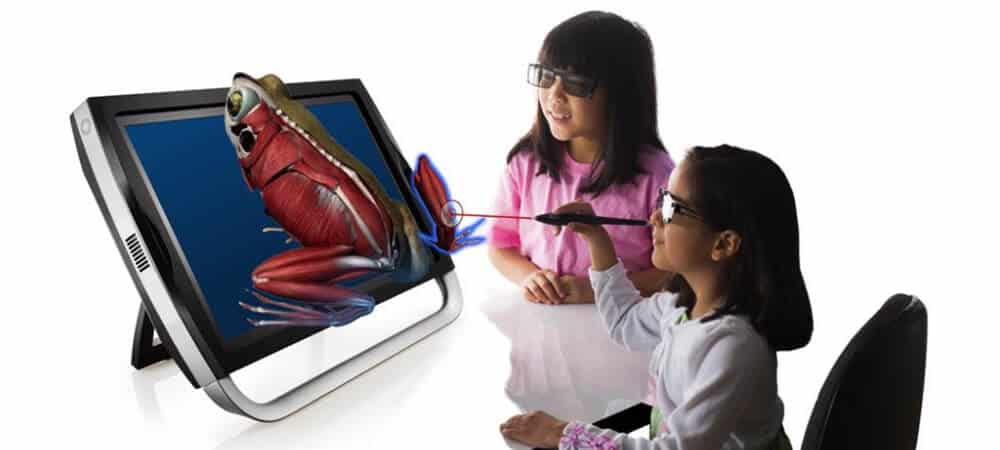
What triggered you to start your metaverse company?
I’d always had an interest in technology, and that included XR. That interest made the path quite clear to me. Especially since I shared that interest with my brother and partners. It became even clearer as I learned about the industry’s progression while working together with my brother. The industry’s continuous development gave us more and more ideas and room to grow. It certainly ensured that we never got bored.
What’s the story behind your company?
Our aim was nothing less than revolutionizing 3D design in XR. With Leopoly we started working on narrowing the gaps. Between beginner and professional designers, students and teachers. We began by creating an easy-to-use, web-based, 3D modeling platform. It could prepare files for 3D printing in a playful environment. Later on, we expanded our unique CAD engine to the XR world. That was the birth of Shapelab.
What does your company solve?
Leopoly provides innovative XR and 3D software solutions for businesses with two main focuses. The first is XR training and education software that can create interactive learning experiences that are available anywhere in the world. The second is 3D software that can create customizable products. Products that can be tailored to meet the specific needs of a company’s customers.
John Radoff describes the value chain of the metaverse with 7 layers. In which layer(s) does your company operate? Can you give an example?
Leopoly is part of the Spatial Computing layer as we’ve built up our own CADengine, and framework, which gives us a wide range of opportunities for tailor-made solutions. We are also part of the Creator Economy layer. This is especially true thanks to our Shapelab software, which is an intuitive VR design program (best-rated-VR-design-sw-in-2021).
It empowers everyday users to become 3D creators through the use of dynamic polygon mesh-based sculpting technology. But it also empowers 3D artists with a wide range of powerful and efficient tools which can be used to create high-quality models for professional use.
Who were the people who have been the most helpful in getting you to where you are today? How did they impact your life and your success?
I believe that I’m continuously impacted by every human interaction and relationship. I can’t highlight specific names, but my family, friends, and business partners have all had a great impact on my life. All of those relationships got me where I am today. My success isn’t just mine, I’m simply one part of it. I’m thankful for all my colleagues and it’s definitely inspiring to see how all the members of Leopoly are complementing each other in many different ways. It really takes a village to reach our goals, and I’ll never forget that.
What do you hope the metaverse will look like in 10 years?
The metaverse will likely become more immersive and interactive. Advanced virtual and augmented reality technologies will give users a realistic and engaging digital environment. Its integration with artificial intelligence and machine learning will enable more intelligent and personalized experiences. And the metaverse may become even more connected to real-world applications. This could provide new opportunities for education, commerce, and social interaction. I only hope that humanity will be able to keep it separate from real life.
How do you envision your company’s role within the metaverse in 10 years?
We’ll provide some fundamental applications for the XR industry and help the world take advantage of the metaverse in areas related to creativity and education. We’d like to keep using this technology for beneficial purposes. This includes helping industries think out of the box and discovering the advantages of XR and the metaverse. Also, as a father of young children, I believe that the transformation of education is both good and necessary. XR is an excellent technology to hold a kid’s attention.

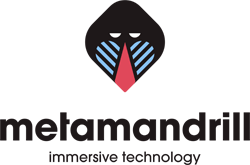
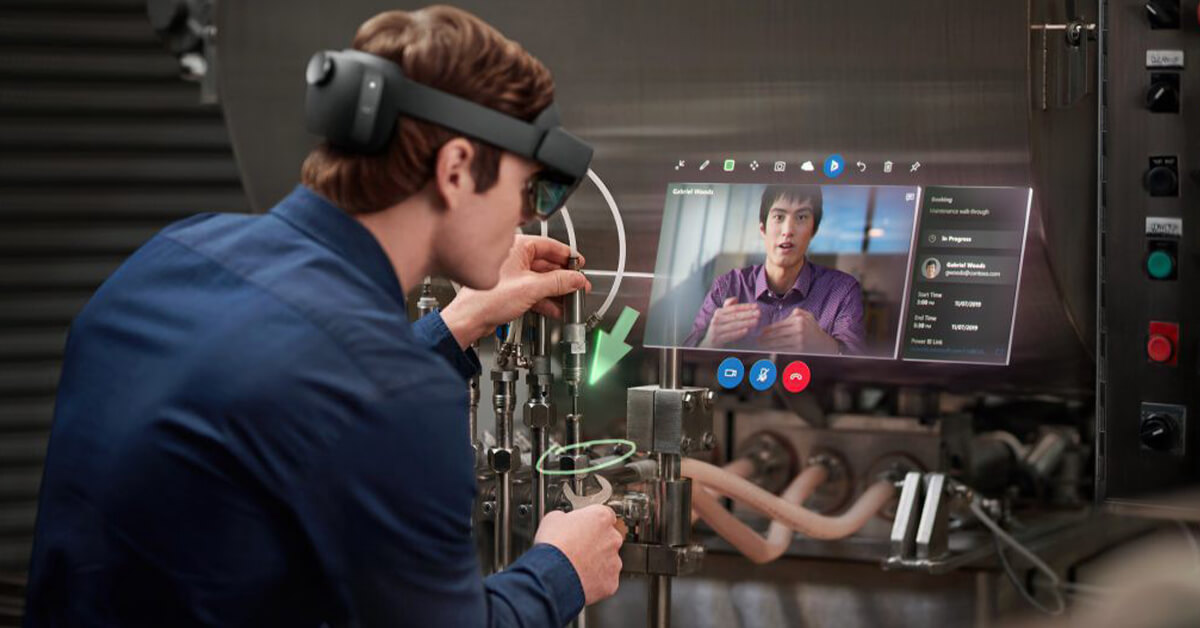
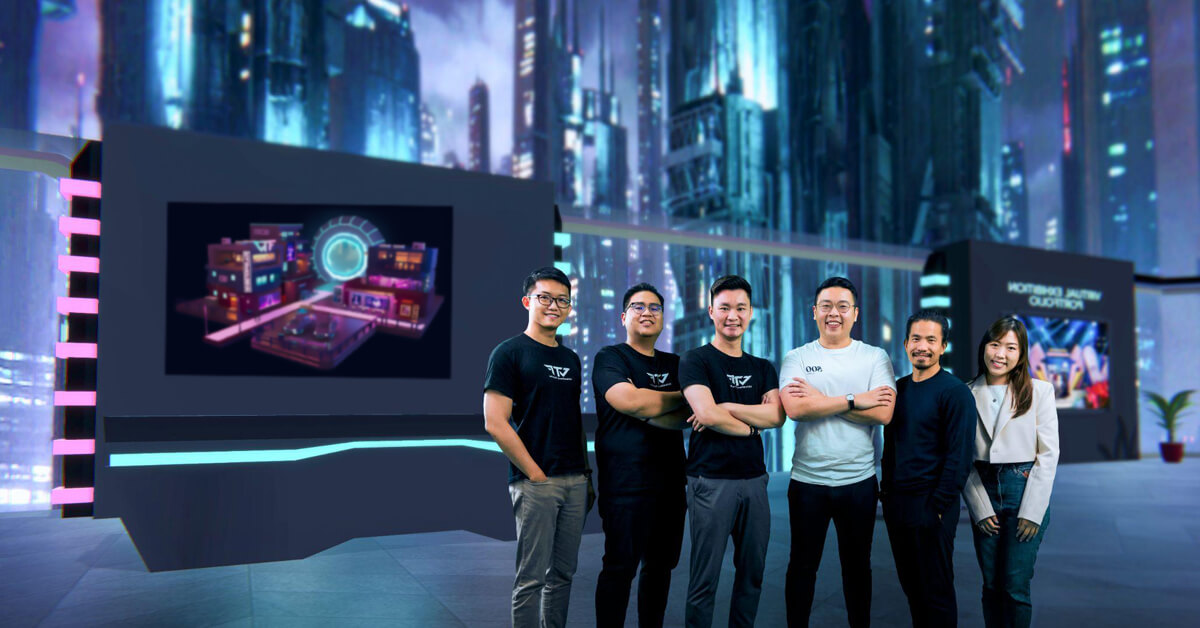

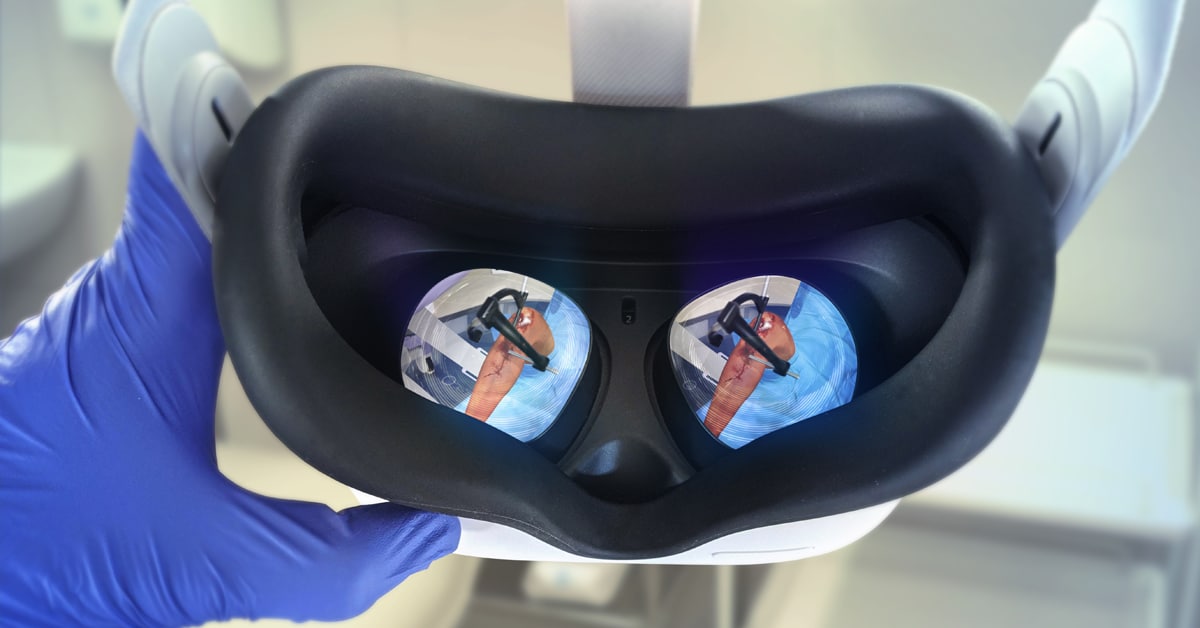
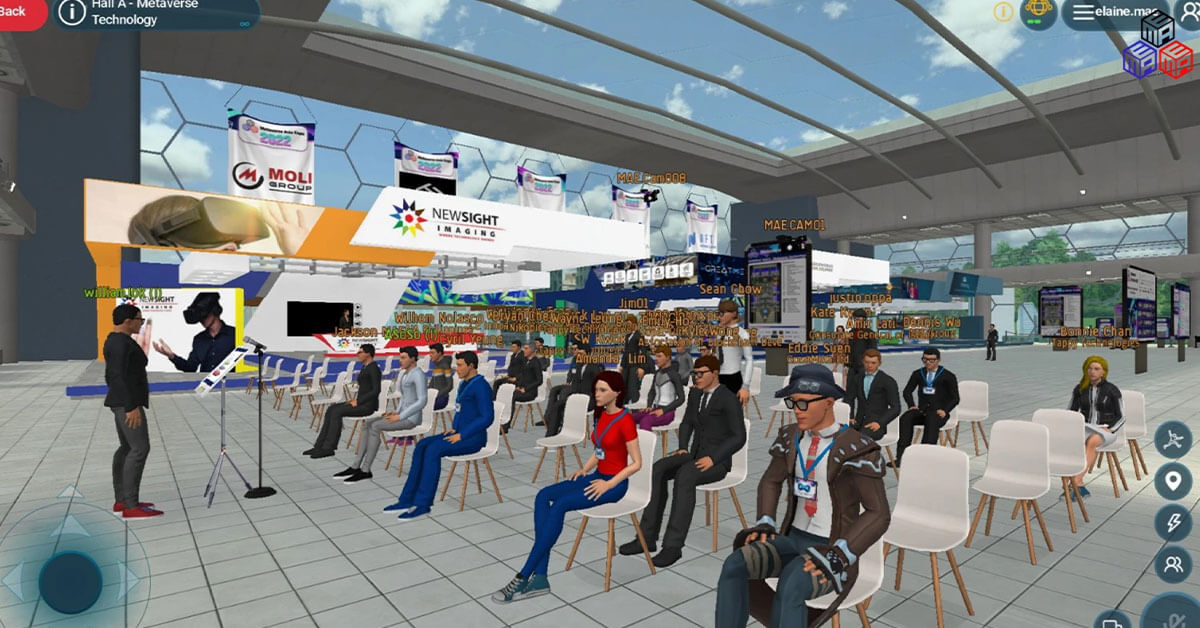

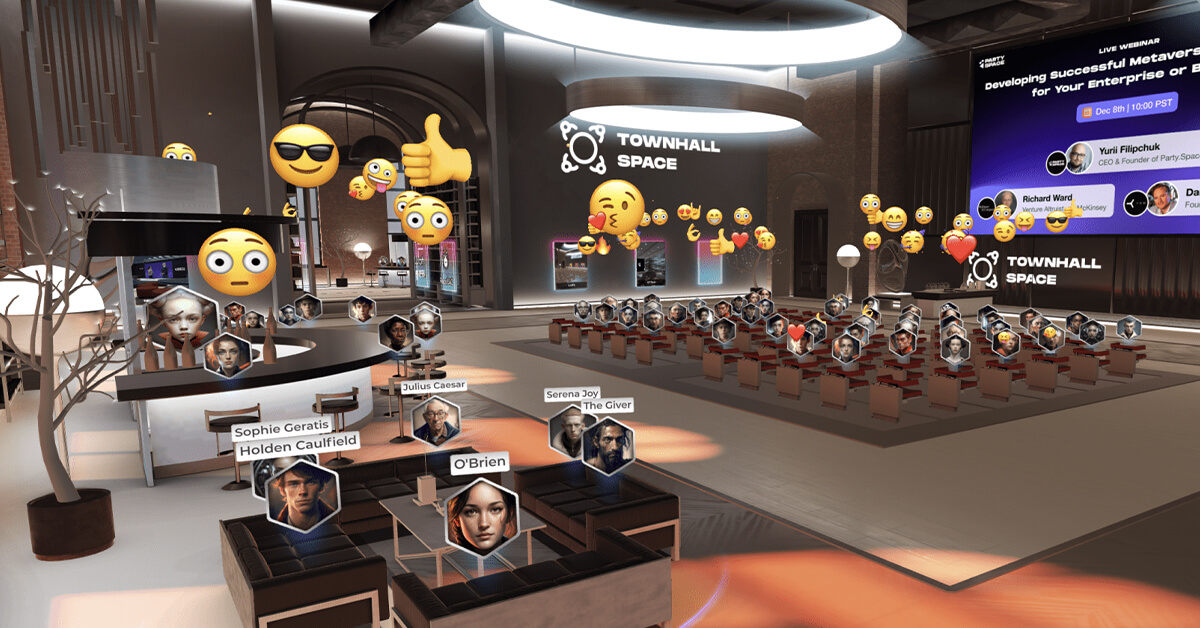

Leave A Comment